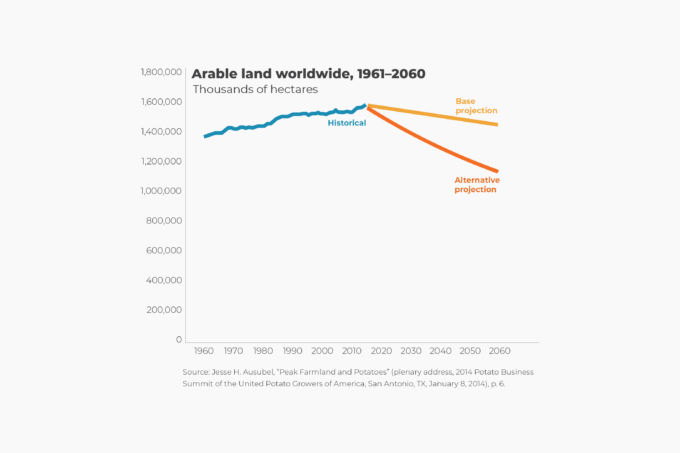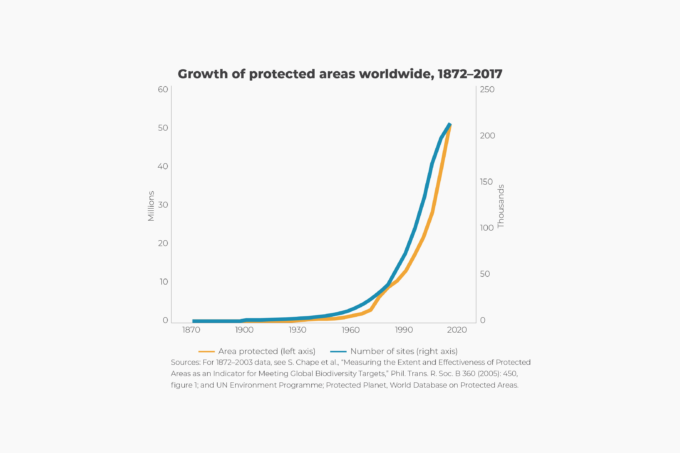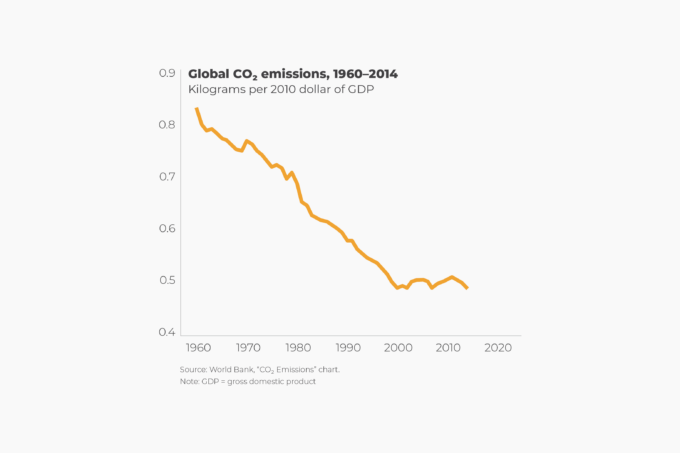“Dematerialization” refers to the process of declining consumption of material and energy per unit of gross domestic product. That makes economic sense, since spending less on inputs can swell profit margins and make outputs cheaper and, therefore, more competitive.
And dematerialization is good for the environment. “If consumers dematerialize their intensity of use of goods and technicians produce the goods with a lower intensity of impact, people can grow in numbers and affluence without a proportionally greater environmental impact,” explained Jesse Ausubel from Rockefeller University and Paul E. Waggoner from the Connecticut Agricultural Experiment Station in a 2008 article in the Proceedings of the National Academy of Sciences.
Dematerialization is welcome news for those who worry about the availability of resources for a growing world population. Dematerialization will enable future generations to be better stewards of our planet while continuing to enjoy ever-improving goods and services.
The dematerialization manifested in a smartphone is a good example. The product combines functions that previously required myriad separate devices, including a telephone, camera, radio, television, alarm clock, newspaper, photo album, voice recorder, maps, compass, and more. In 2018, a team of 21 researchers led by Arnulf Grubler from the International Institute for Applied Systems Analysis in Austria estimated the “savings from device convergence on smartphones . . . for materials use (device weight) and for its associated embodied energy use.” They found that smartphones can reduce material use by a factor of 300. They can reduce power use by a factor of 100 and standby energy use by a factor of 30.1
- Arnulf Grubler et al., “A Low Energy Demand Scenario for Meeting the 1.5 °C Target and Sustainable Development Goals without Negative Emission Technologies,” Nature Energy 3, no. 1 (2018): 515–27. Arnulf Grubler was kind enough to give us his permission to republish his graphic in this book. The original graphic appeared in World in 2050 Initiative, The Digital Revolution and Sustainable Development: Opportunities and Challenges (Laxenburg, Austria: International Institute for Applied Systems Analysis, 2019).








